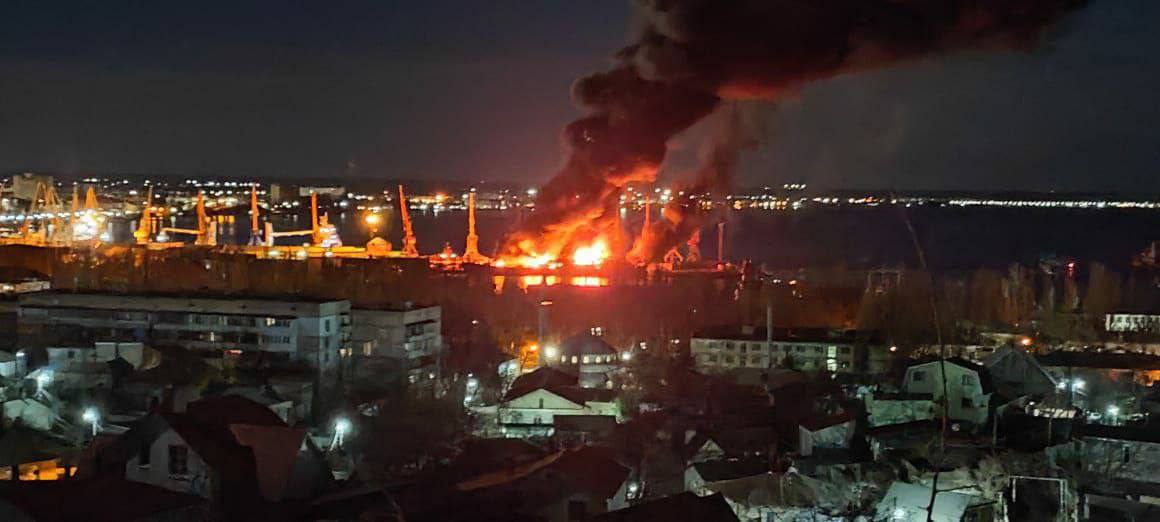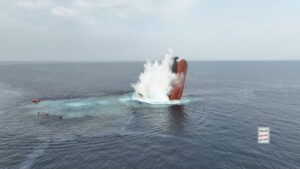Ukraine is increasingly failing to stop missile strikes as Russia has changed its tactics. The data, from a New York Times analysis of daily Ukrainian military reports, shows a major shift: Ukrainian air defenses used to intercept most missiles, but in recent months, more and more have made it through.
The Times analyzed hundreds of statements released by the Ukrainian Air Force over the past year that detailed the number and types of missiles fired by Russia and intercepted by Ukraine over that period. While the data cannot be independently verified, experts who study the war say it is broadly reliable.
At the same time Ukraine’s Navy claims that Russia has no warships deployed in the Black Sea at present. As of 07:00 on Monday, May 13, there are no Russian warships deployed in the Black Sea and the Sea of Azov.
Ukraine’s military for several weeks and months reports in its social media that it didn’t detect Russian warships in the Black and Azov Seas. “In the Black and Azov Seas [the] enemy ships are missing,” the press service of the Ukrainian Naval Forces said.
Ukraine has made increasingly desperate pleas for more air defenses from its Western allies.
The U.S. Defense Department announced recently a new security assistance package for Ukraine, which was provided though presidential drawdown authority.
The PDA package is worth $1 billion and includes, among other things, RIM-7 and AIM-9M missiles; Stinger antiaircraft missiles; tube-launched, optically-tracked, wire-guided, or TOW, missiles; ammunition for the high mobility artillery rocket system; 155 mm and 105 mm artillery shells; and a variety of combat vehicles.
Ambrey Analytics has also observed a marked decrease in the Ukrainian capability to intercept Russian airstrikes.
British maritime security firm Ambrey reported that Ukraine has intercepted about 46% of Russian missiles in the last six months, compared to 73% in the previous 6 months. In April, the interception rate dropped to 30% of missiles.
As it is observed by the security expert, it is likely that the rate of interception will not increase in the next six to eight weeks. “Therefore, the threat of collateral damage to vessels moored at Ukrainian ports was assessed as heightened for this period,” as Ambrey notes.



